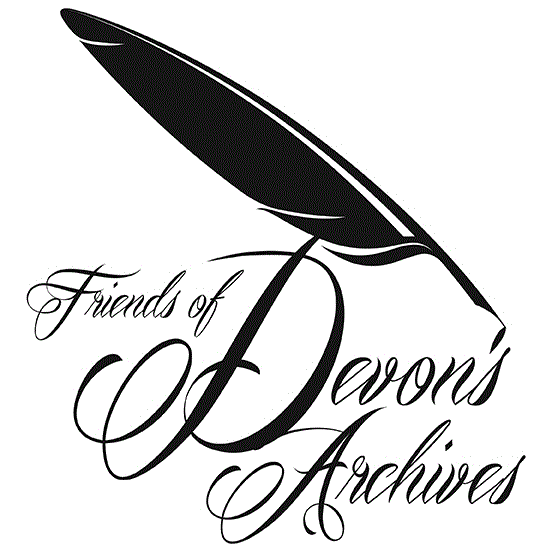The Eighteenth Century in Peter Tavy: Part 4
By Roger Meyrick
The earliest reference to a church in Peter Tavy is in 1185 with a note concerning Robert, Chaplain of Tawi a title that suggests that he was a full priest. It is more than a hundred years before further appointments reach the register of those that have served the parish to the present day. Unsurprisingly a list of churchwardens reflects the names of many parish landowners, with Arthur, Colbourne, Burgis, King, Cole and Parsons all appearing more than once as the generations passed.
Throughout the eighteenth century there is evidence that the church was held in high esteem. Apart from the new north aisle, built in 1692 there had been a general refurbishment after the depredations of the Commonwealth years when the Chancel screen had been removed and the stairs to it closed off. The mediaeval carved wood pews thought to be those of the Cole and Drake families were still in place. The Tower had five bells, only three were listed in the Terrier of 1533 and these seem to have been recast and hung with new bells in 1722. An additional bell in 1743 was hung and in 1761 some bells had to be recast after cracks occurred. A further bell was added in 1790. The sixth bell as they are today was not hung until 1882. In 1736 John Colbourne presented a silver tankard to the church and in 1738 Henry Pengelly a silver alms dish. Attendance at services was about twenty people with sixty or more at the festivals of Easter and Christmas.
In 1725 Rev John Gilbert had built a new Rectory on Glebe land at the entrance to the village. In keeping with the man, it consisted of an Inner House that was slated and an outer house that was thatched, but all was built in stone. There was a parlour with wooden floor, a kitchen with stone floor and four bedrooms. The outer House had a brewery with dairy and cellar and a further four chambers above. There was a barn and twelve bays with a stable of five bays. To the garden which already included two small orchards, a bowling alley, herb garden, he added a fishpond for keeping the fish until required for the table. On 14 November 1735 a Curate, Rev. Hicks writes, somewhat complainingly that he had "planted out fifty six apple trees in the Carrion Garden". Gilbert's successor John Jago claimed there was no parsonage at the village. He said he had to live in a room at Church house before he married, but since his marriage and becoming vicar of Tavistock, the Duke of Bedford had provided a house there near the school where he also taught. It appears from contemporary records that the "Parsonage" had been let out to members of the Doidge and the Cole families! Perhaps this supplemented the Rectors income, as did the 57 acres of Glebe that was let to local farmers in 1764.
In the churchyard there were ten sycamore trees valued at £10, and on the north, west and south sides ere fine new rows of lime trees, perhaps celebrating the coronation of George III in 1760. The churchyard had also been enlarged northwards to give space after the building of the north aisle and a stone wall built on Cudlipptown Hill replacing the planted hedge.
Successive Rectors reporting to the Bishop before his visitation insist that "there are no dissenters in the parish". This is difficult to believe, as we know that John Wesley and George Whitefield were preaching at Tavistock as early as 1746. The first Methodist Society there was started in 1748. The movement flourished in Tavistock which developed its own circuit by 1809, the same date as the cottage of John Bowhay in Peter Tavy was registered for religious services. The first Methodist Chapel opened in the village in 1834.
There were no schools in the parish, though John Jago as a curate started lessons for children in the Church House in the 1730s, requiring those attending to form a choir on Sundays. Some families could afford a tutor or at least share one with another household. There was a small school at Tavistock and John Jago set up a school there paid for by the local rates when he became vicar. In a review of the forty-four persons signing the 1723 Oaths only eleven managed their signatures. The rest "made their mark" before the witnesses. For all that there was no lack of everyday skills. In 1781 it is recorded that there were three blacksmiths, two carpenters, a tailor as well as farmers, two millers, a thatcher, and masons in the village. Among the yeomen attending Manor Courts Leet the majority could sign their names but ones as successful as James and William Fuge and John and Thomas Mudge only marked their signatures.
Read notes on Rectors Return to previous

